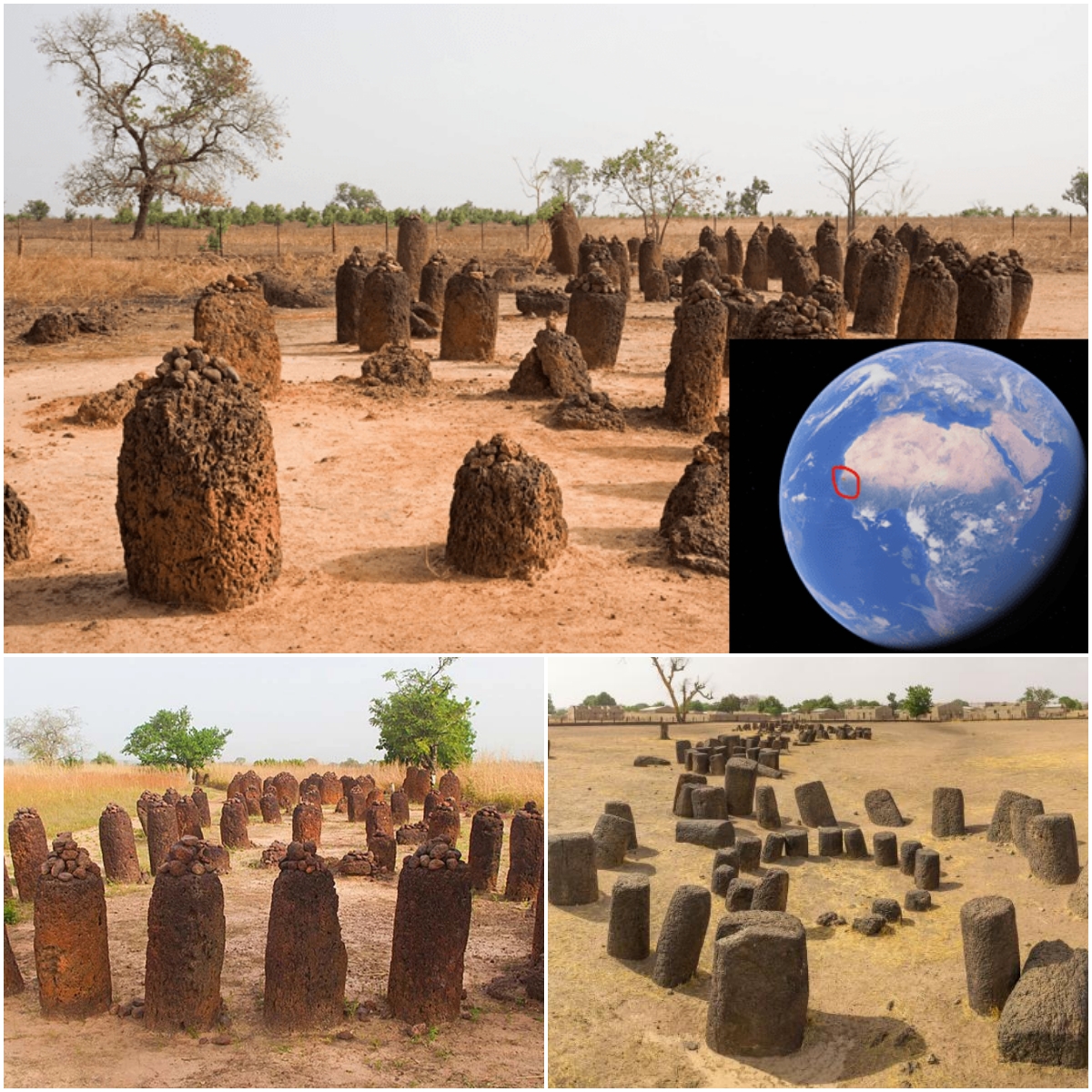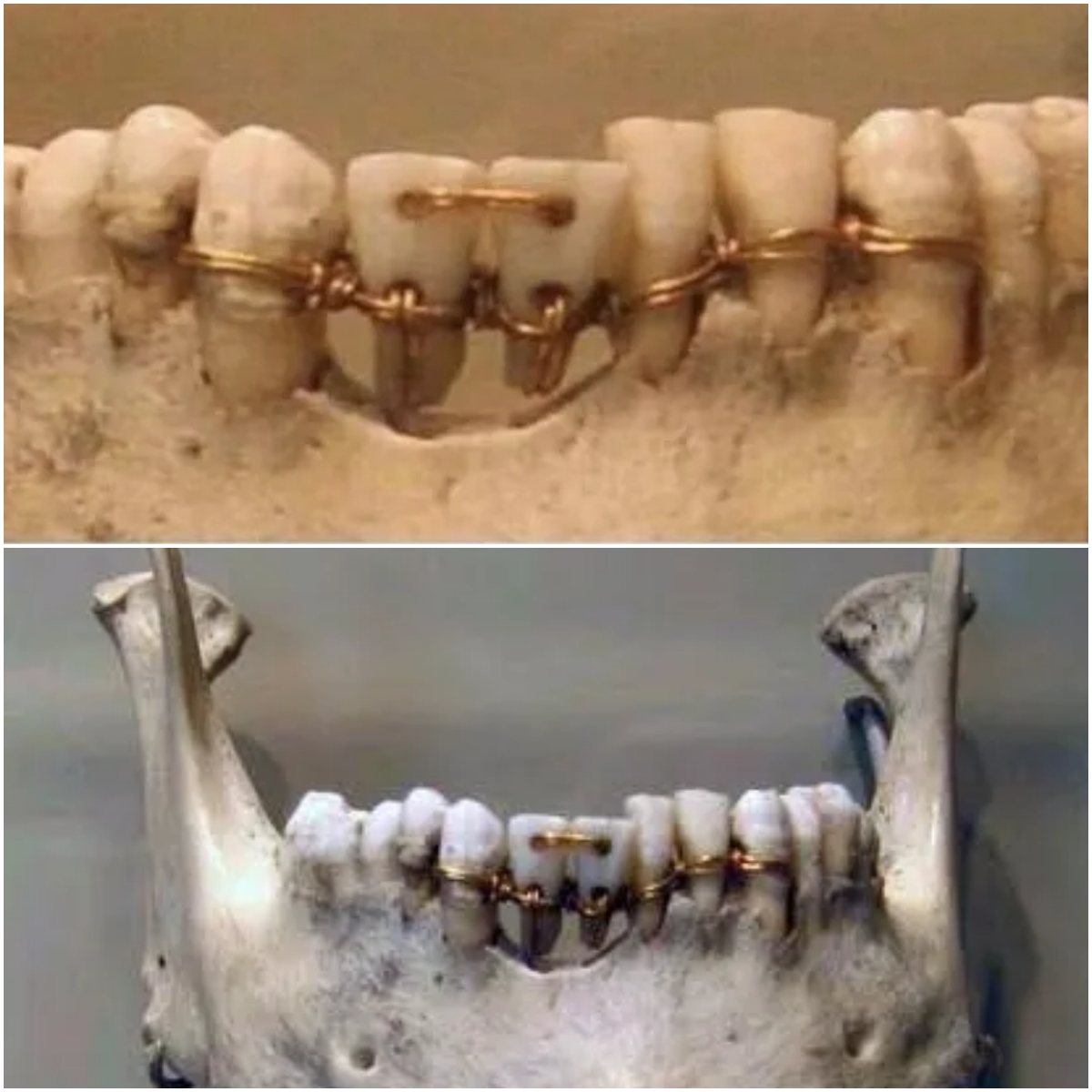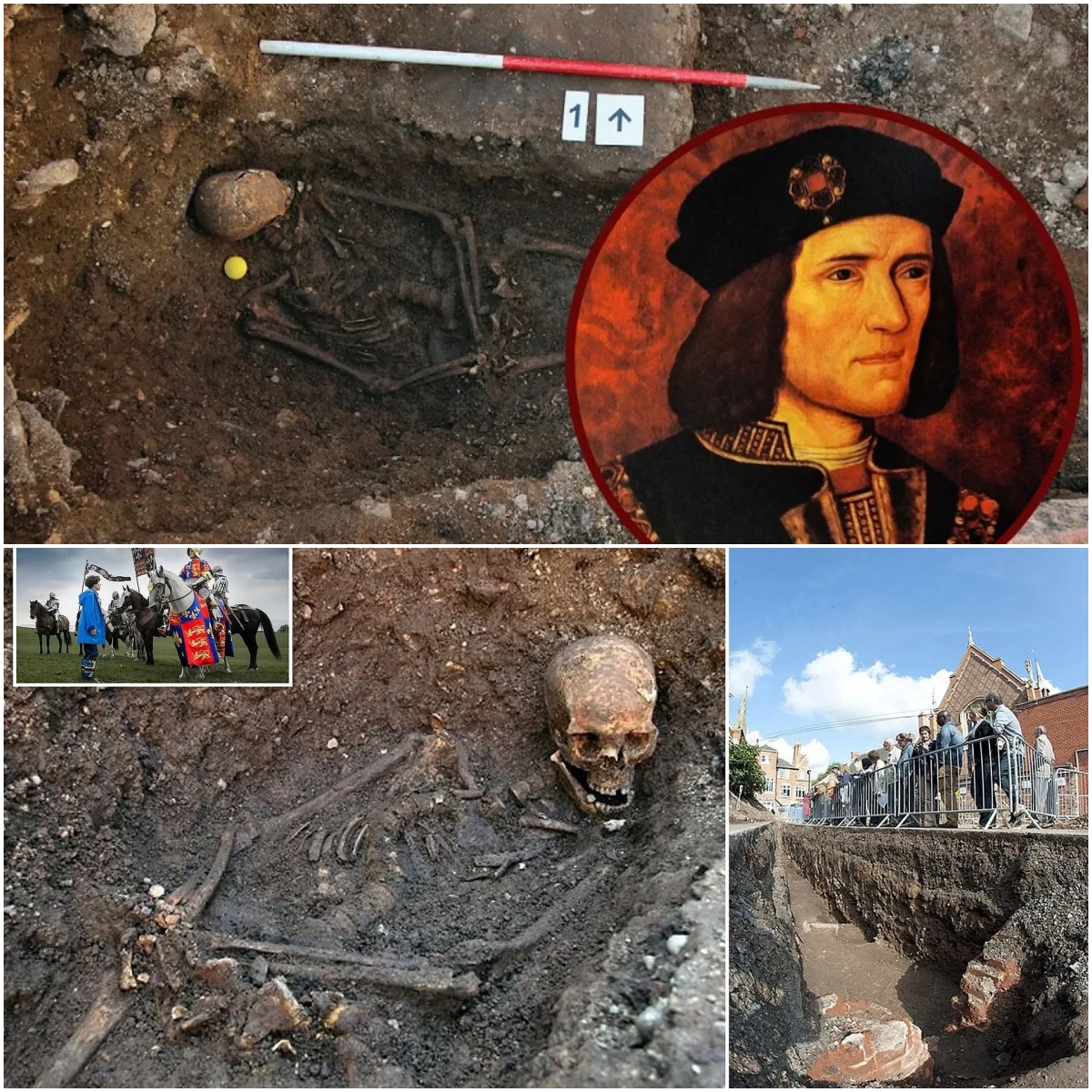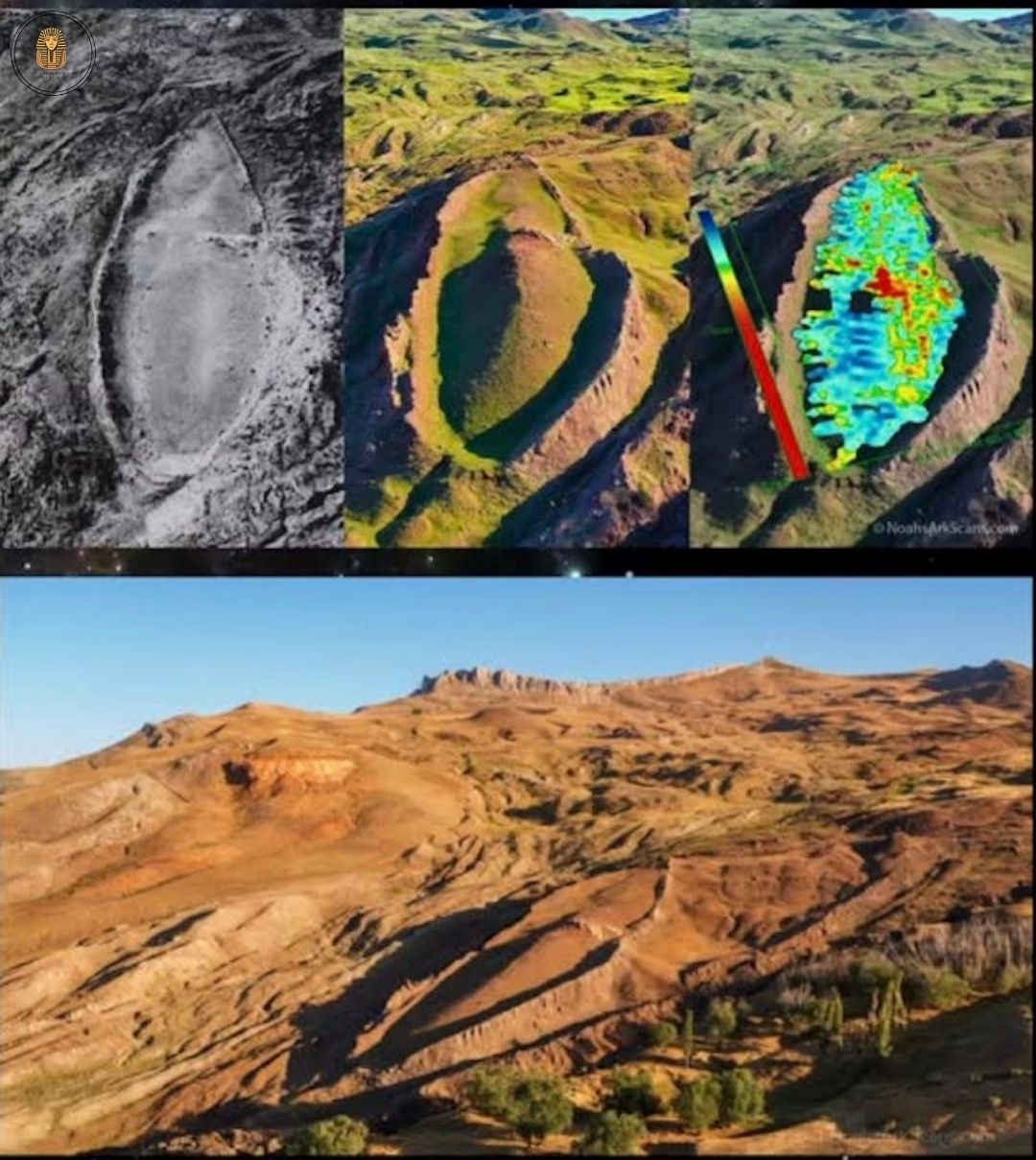The astonishing mystery of Tutankhamun’s tomb: the mummified fetus that baffles experts
The discovery of Tutankhamun’s tomb in 1922 remains one of the most important archaeological finds in history. Among the treasures and artifacts that captivated the world, one particularly baffling discovery has continued to baffle experts for decades: the mummified remains of two tiny fetuses found in the young pharaoh’s tomb.
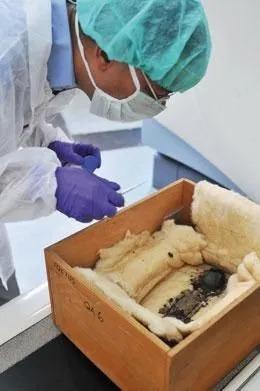
The fetuses, both female, were carefully wrapped and placed in small coffins inside Tutankhamun’s burial chamber. For years, their presence has raised numerous questions. Who were they? Why were they buried with the young king? And what significance did they have in the ancient Egyptian belief system?
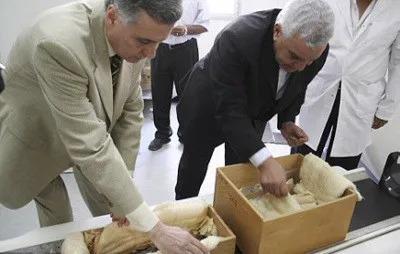
Initial studies suggested that the fetuses were probably Tutankhamun’s daughters, possibly stillborn. Their premature deaths may have been considered tragic, but they were still granted a place in the royal burial, indicating their importance to the pharaoh. However, this has only deepened the mystery surrounding Tutankhamun’s family tree, which is already shrouded in intrigue and uncertainty.

DNA analysis has supported the theory that the fetuses were closely related to the king, possibly his daughters, although their mother has not been definitively identified. Some believe that Ankhesenamun, Tutankhamun’s wife and half-sister, was their mother, although her remains have not been found conclusively.
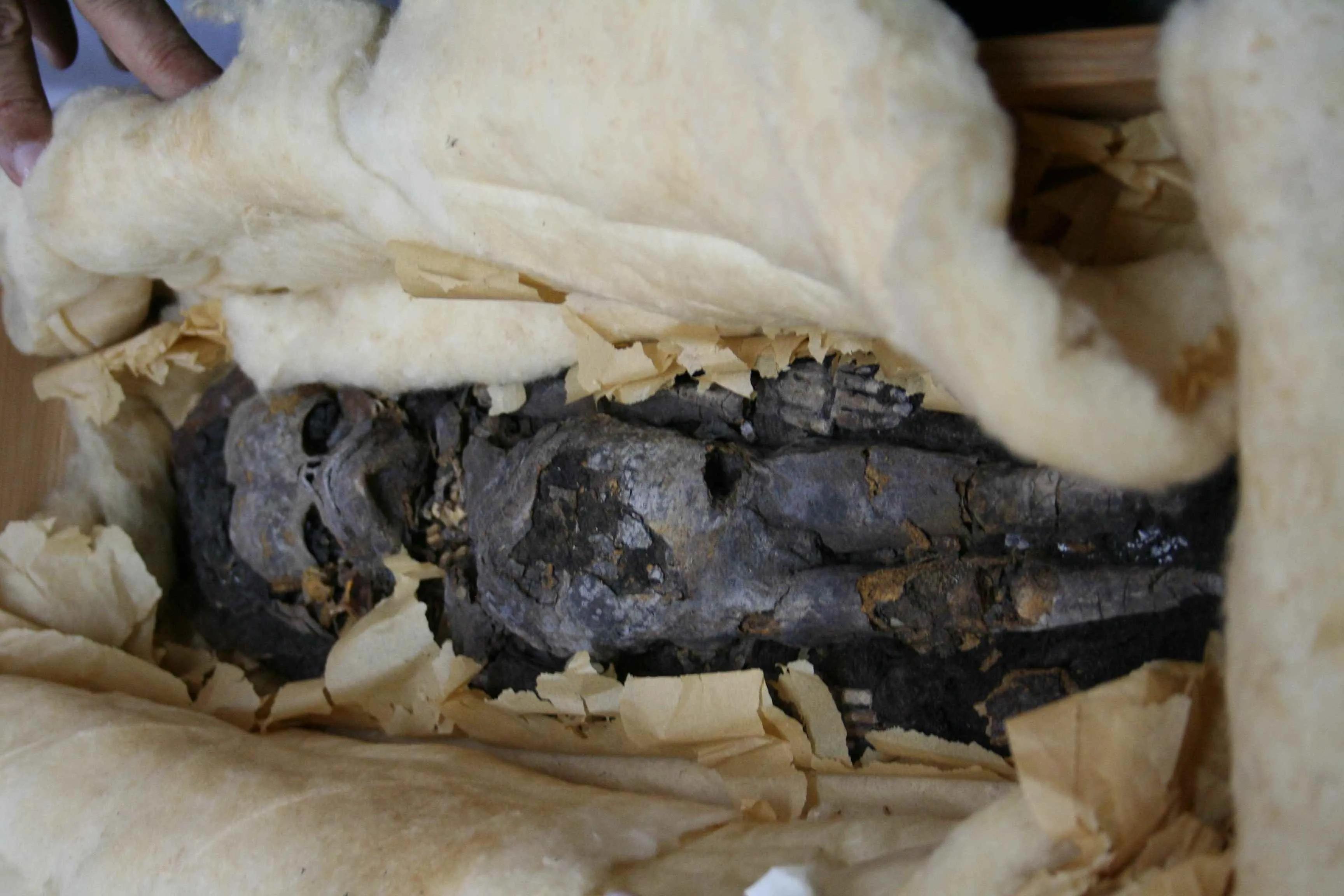
The presence of the fetuses has also fueled speculation about the pharaoh’s health and family life. Some historians suggest that Tutankhamun, who ascended the throne at a young age and died around the age of 19, may have suffered from various congenital problems due to the royal practice of incest. These health problems could have spread to his offspring, contributing to his early death.
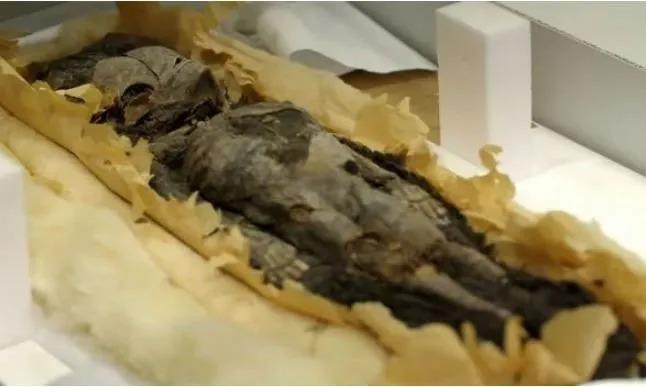
Mummified fetuses continue to intrigue archaeologists and Egyptologists, adding layers of complexity to the already mysterious life and reign of Tutankhamun. Their inclusion in the tomb underscores the ancient Egyptians’ deep connection with death, the afterlife and the importance of family in their funerary practices.
As experts continue to study the remains, the mummified fetuses found in Tutankhamun’s tomb remain one of the most astonishing and baffling mysteries of ancient Egypt.


